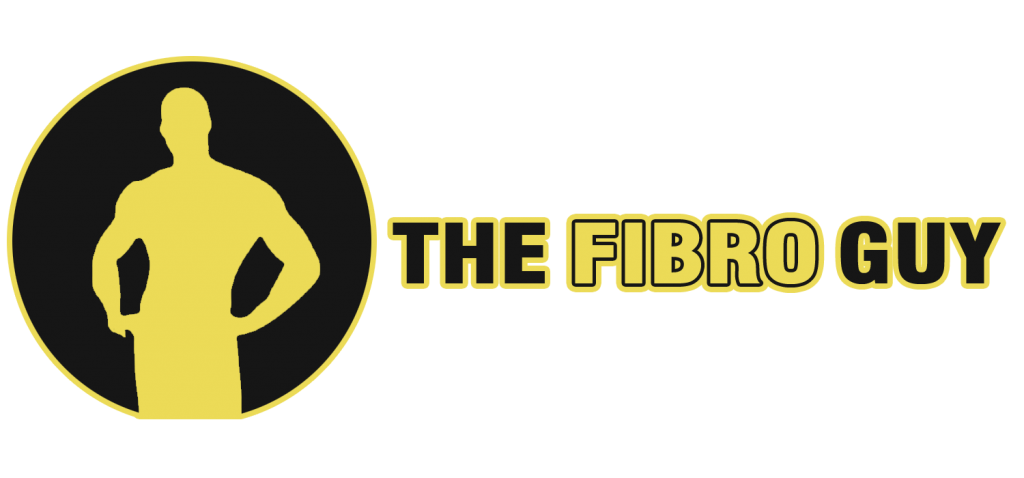The Zone Moving Course is a transformative programme designed specifically for individuals with hypermobility and joint instability. Developed through years of hands-on experience and refined methodologies, this course teaches you how to move your body in a way that reduces strain, enhances joint stability, and prevents injury.
What is Zone Moving?
Zone Moving breaks down your body into three distinct zones for every limb.
Zone 1 refers to the proximal part closest to your body, such as the shoulder or hip. Zone 2 is the middle joint, like the elbow or knee. Zone 3 is the distal part furthest from your body, such as the wrist or ankle.
This framework helps you understand how movement should start from the most stable zone, Zone 1, and flow outward, rather than relying on distal zones like the wrist or ankle to initiate movement. Many people with hypermobility develop this compensatory movement pattern, which often leads to instability, fatigue, and injury.
What You’ll Learn
The course covers the science of movement zones, explaining the difference between proximal and distal movement and why Zone 1 stability is critical. You will develop correct movement patterns, learning how to stabilise each zone effectively to avoid hyperextension and reduce joint strain.
You’ll explore the cognitive phases of learning movement, progressing from conscious practice to automatic, fluid motion. The course also addresses fine vs. gross motor skills, showing how Zone Moving applies differently to small tasks like writing and larger movements like reaching. Finally, you will gain essential injury prevention strategies, developing movement patterns that help prevent common hypermobility injuries such as subluxations and dislocations.
Why Zone Moving is a Game-Changer for Hypermobility
Stability before mobility is key, and this course focuses on building a strong foundation in Zone 1 to ensure safe and stable movement. You’ll address inaccuracies in your brain’s cortical map of your body to improve motor control. Proper movement patterns help reduce fatigue and pain by minimising energy waste and joint irritation.
The practical applications of Zone Moving extend to everyday life, whether reaching for a glass, writing at a desk, or engaging in physical activities. You will develop a deeper mind-body connection, improving proprioception and overall awareness of how your body moves in space.
How the Course is Structured
The programme consists of step-by-step video lessons with clear, actionable demonstrations that break down each movement concept. You’ll learn how to apply Zone Moving in real-life scenarios, integrating the techniques into common tasks and activities.
The learning process is progressive, starting with foundational exercises and gradually building confidence and control. With a self-paced framework, you can move through the material at your own speed, revisiting lessons as needed to reinforce key concepts.
Who Is This Course For?
This course is ideal for individuals with hypermobility syndromes, including Ehlers-Danlos Syndrome (EDS). It is designed for those experiencing joint instability, frequent subluxations, or dislocations. People struggling with fatigue and pain due to inefficient movement patterns will benefit from learning how to move more effectively. This course is also suitable for anyone looking to gain a deeper understanding of their body’s mechanics to improve daily function.
Curriculum
- 4 Sections
- 9 Lessons
- Lifetime
- Introduction2
- The 3 types of movements2
- Retraining zone 1 movement4
- End of course1
